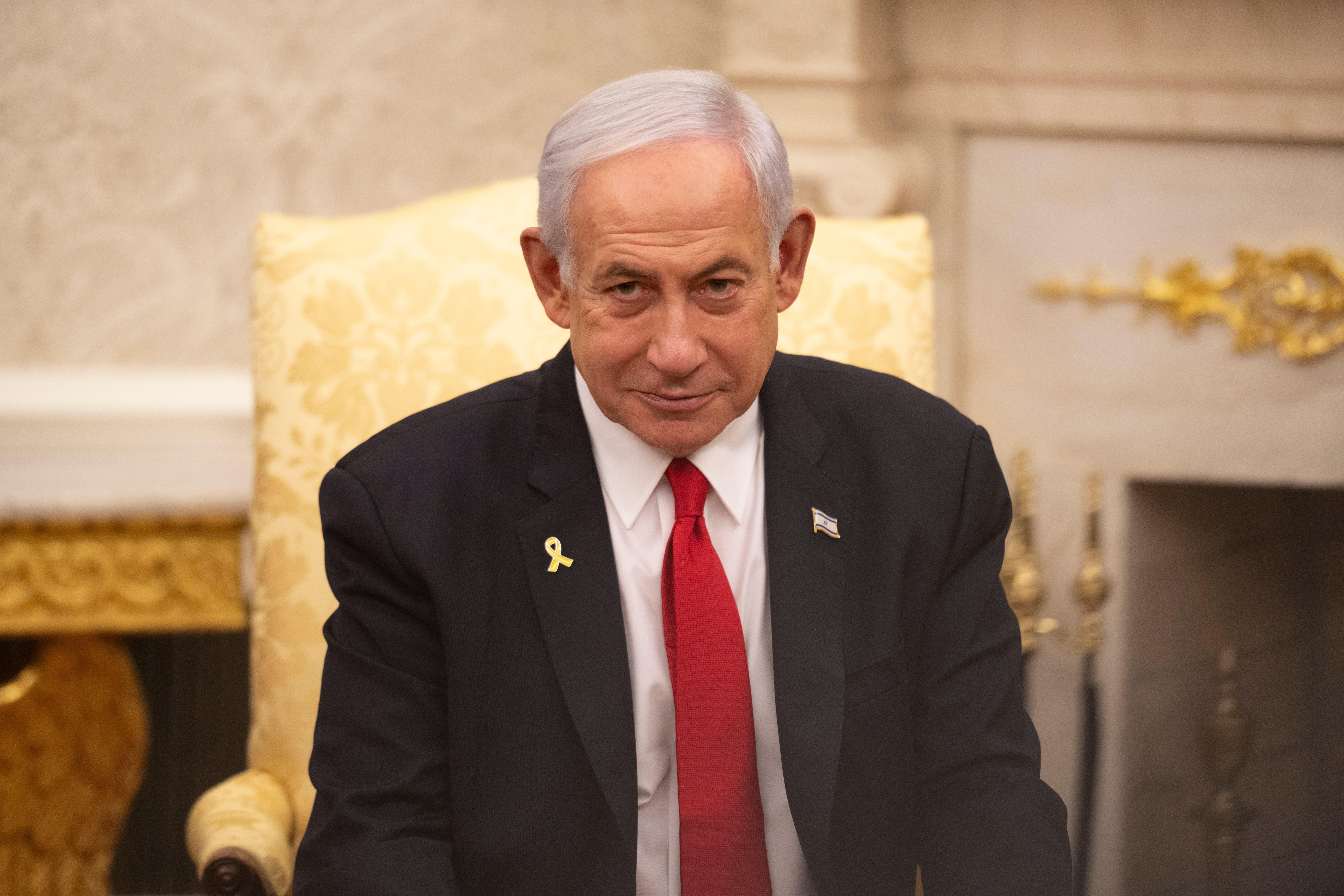On 29 September, US President Donald Trump and Israeli Prime Minister Benjamin Netanyahu announced a sweeping peace initiative aimed at ending the Gaza conflict. Known as Trump’s 20-point plan, the agreement emerged after consultations with several Arab and Muslim nations, including Egypt, Qatar, and Turkey.
The decisive event that pushed Trump to demand an end to the war was Israel’s attack on Doha, which violated Qatar’s sovereignty during an alleged attempt to target Hamas negotiators. Trump, facing fewer domestic political constraints in his second term, increased pressure on Israel, citing that the country had already achieved its key military goals in Iran, Lebanon, and Gaza.
On 8 October, Trump confirmed that Israel and Hamas had signed the first phase of the deal, marking what he called “a historic opportunity for regional stability.”
Ceasefire and Humanitarian Relief Mark Phase One
The plan’s first phase enforces an immediate ceasefire, halting all military operations and freezing the frontlines. It requires the release of every Israeli hostage within 72 hours, including those deceased. In return, Israel must free 250 prisoners serving life sentences and another 1,700 detained since the war’s beginning.
International observers will monitor compliance to ensure both sides uphold their commitments. Humanitarian corridors will open to deliver aid into Gaza, prioritizing food, medicine, and emergency shelter for civilians. The plan also obligates both Israel and Hamas to protect aid workers and guarantee their access to all affected areas.
The agreement’s architects believe this immediate truce will create the foundation for the next phases, where disarmament and political reconstruction can begin under supervision.
Disarmament and Security Enforcement Under Phase Two
Phase Two focuses on security reform and demilitarization within Gaza. It directs international forces—comprising US, Arab, and European personnel—to dismantle Hamas’s tunnels, rocket systems, and weapon storage facilities. The goal is to eliminate the group’s ability to launch future attacks.
Trump’s statement described Gaza’s future as a “de-radicalized zone of peace,” where no armed faction could threaten neighboring countries. The plan extends amnesty to Hamas members who renounce violence, offering exile to those unwilling to participate in peaceful governance.
The international stabilization force will monitor disarmament efforts while training a newly formed Palestinian police corps. This unit will take responsibility for maintaining internal order and ensuring security along Gaza’s borders.
Governance, Reconstruction, and the Path Forward
Phase Three outlines a long-term governance plan led by Palestinian technocrats and supported by global oversight. An interim administration, assisted by international organizations like the United Nations and the Red Crescent, will manage reconstruction and humanitarian coordination.
The agreement envisions Gaza governed by a neutral administrative committee composed of Palestinian experts and foreign advisors. This body, overseen by an international council called the “Board of Peace,” will be chaired by Trump and include prominent global figures such as former UK Prime Minister Tony Blair.
Rebuilding efforts will prioritize essential infrastructure—water, electricity, hospitals, and schools—while supporting displaced families returning to Gaza. The plan also introduces incentives for Palestinians to remain in their homeland, emphasizing local development and employment.
While the plan acknowledges the possibility of Palestinian statehood as a future aspiration, it stops short of promising formal US recognition. Netanyahu firmly rejected the idea of establishing a Palestinian state under this agreement, reaffirming Israel’s commitment to security first.
Trump described the deal as a “blueprint for coexistence,” but warned that peace would depend on both sides honoring every clause. With the hostages’ release underway and the ceasefire holding, the coming months will determine whether Gaza can finally transition from war to recovery.



